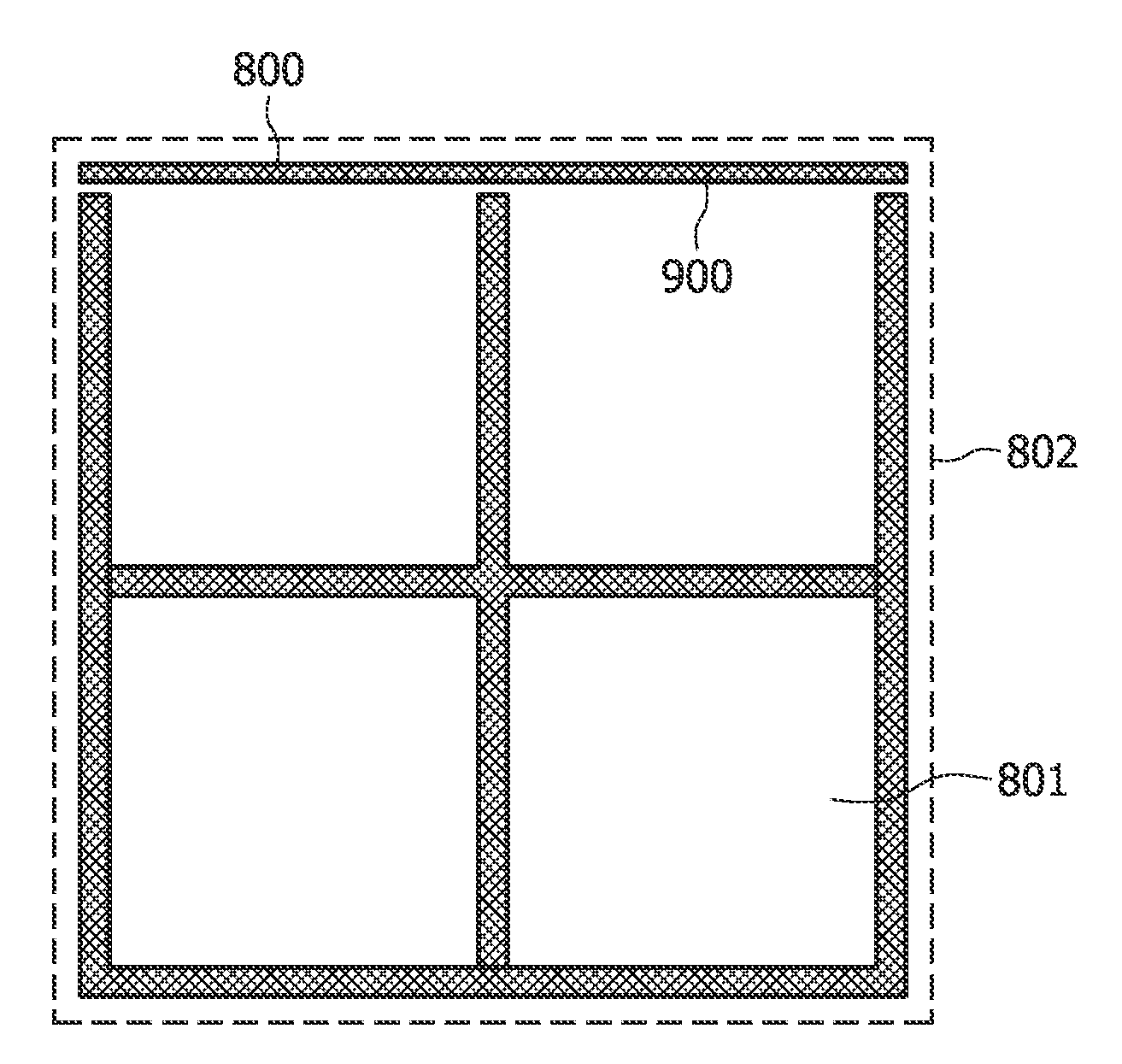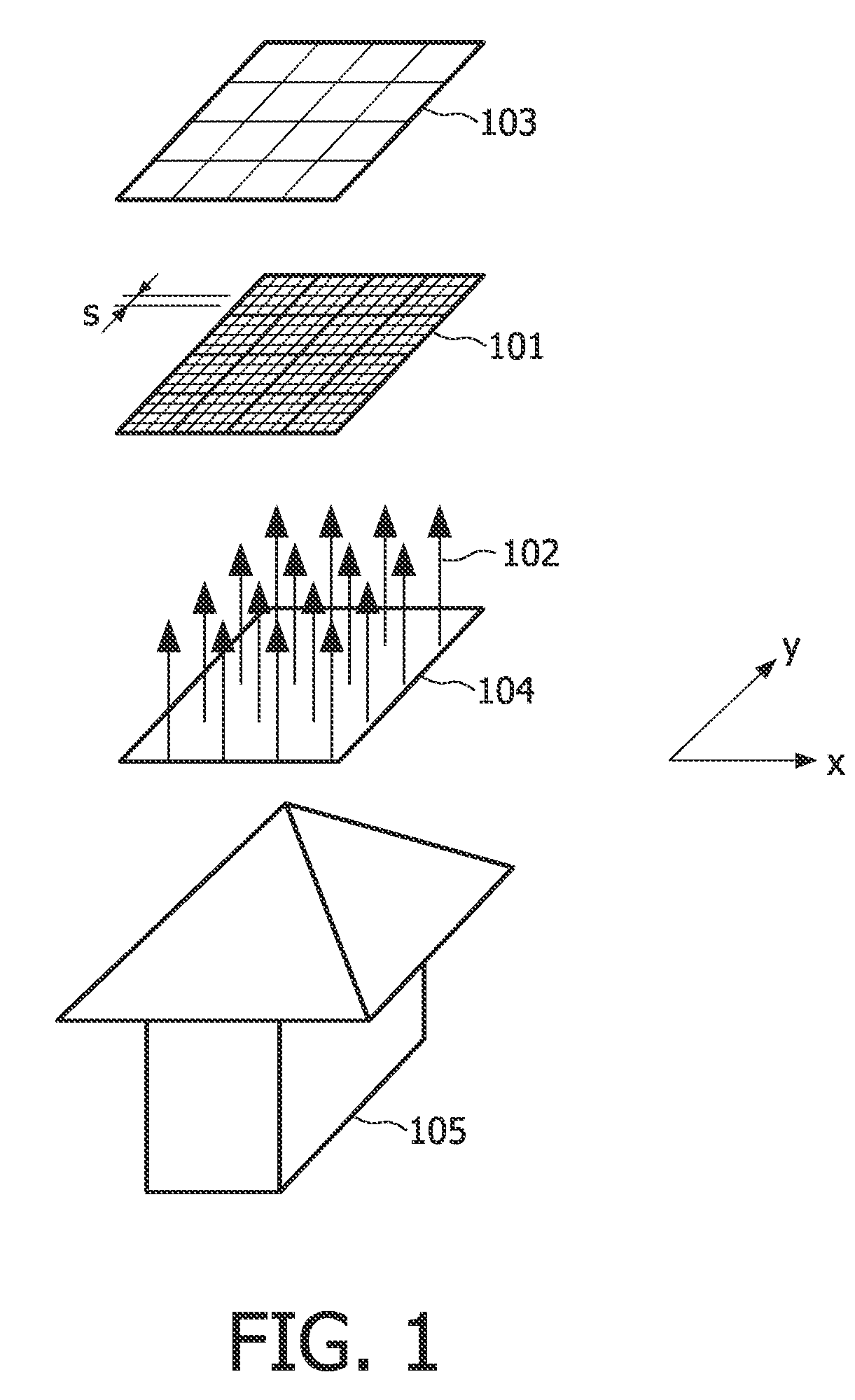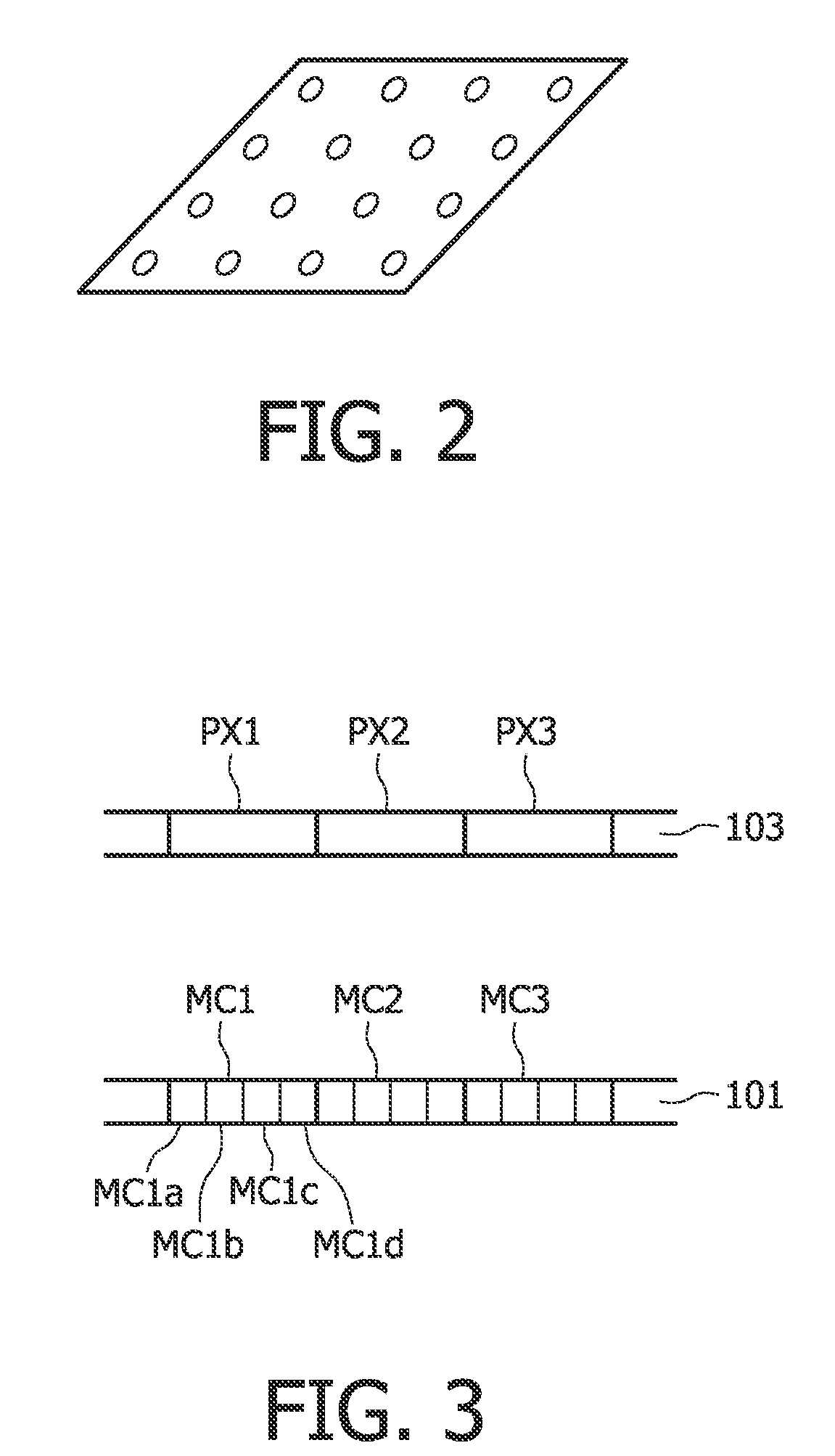Image processing system and method for silhouette rendering and display of images during interventional procedures
a silhouette rendering and image technology, applied in the field of optical data storage and microscopy, can solve the problems of low refresh rate for capturing an entire image, inability to easily and efficiently use optical storage solutions, and unknown applications using optical storage solutions are not robust to shocks, etc., to achieve the effect of significantly increasing the scanning speed
- Summary
- Abstract
- Description
- Claims
- Application Information
AI Technical Summary
Benefits of technology
Problems solved by technology
Method used
Image
Examples
Embodiment Construction
[0079]It is proposed herein to make use of the so-called windowing option in, for example, known CMOS sensors for increasing the readout speed of the reading system described above. However, it will be appreciated that the present invention is not necessarily limited to CMOS sensors per se, but extends to all sensors that offer the above-mentioned windowing option.
[0080]Windowing is the general term used for narrowing the area that is transferred to the A / D converter on an image sensor. CMOS (Complementary Metal Oxide Semiconductor) is a well-known technology for capturing images digitally. A CMOS image sensor comprises a pixelated metal oxide semiconductor which accumulates signal charge in each pixel, proportional to the local illumination intensity.
[0081]A CMOS sensor converts the charge to voltage within each pixel. CMOS sensors use an array of photodiodes to convert light into electronic signals. The electronic charge that is generated by the photodiode is too weak and needs am...
PUM
 Login to View More
Login to View More Abstract
Description
Claims
Application Information
 Login to View More
Login to View More - R&D
- Intellectual Property
- Life Sciences
- Materials
- Tech Scout
- Unparalleled Data Quality
- Higher Quality Content
- 60% Fewer Hallucinations
Browse by: Latest US Patents, China's latest patents, Technical Efficacy Thesaurus, Application Domain, Technology Topic, Popular Technical Reports.
© 2025 PatSnap. All rights reserved.Legal|Privacy policy|Modern Slavery Act Transparency Statement|Sitemap|About US| Contact US: help@patsnap.com



